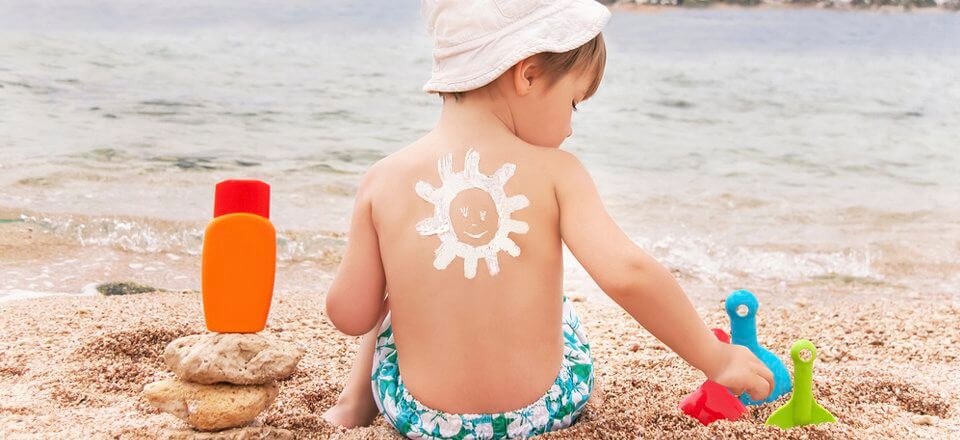
Why are physicians concerned about sunburns and suntans? For starters, too much sun exposure can cause actinic keratosis, melanomas, skin cancer and premature skin aging. They are all a nuisance and some are potential killers.
These problems, as well as several others, are part of living in a sun worshiping culture. To avoid these, we need to start from birth. The first two decades of life are crucial in preventing later problems from over exposure to the sun. Malignant melanomas are one type of cancer death we can prevent.
A single blistering sunburn in a child or teenager will double that person’s later risk of developing a melanoma. How many of us haven’t had a bad sunburn? Many of us take vacations in the sun and enjoy the opportunity of coming home and showing off gorgeous tans. Unfortunately, all this damage is cumulative. Each time the skin is over exposed to the sun, it speeds the premature aging process and increases the risk of subsequent cancers.
What about all those tanning parlors that claim their tanning rays are safe? These tanning parlors became popular in the late 1970s and began the myth that ultraviolet A was safe. This myth has been disproven in numerous medical studies. Ultraviolet tanning rays contribute to skin aging and skin cancer, regardless of what anyone says.
Are sunscreens safe for children? Yes, they are unless your child is allergic to them. To test for allergies, dab some on a small patch on his or her forearm and observe for 24 hours. If the test patch does not become red or itchy, it should be safe to use the sunscreen. I recommend limiting a child’s sun exposure during the first year of life. However, if your children are going to be in the sun, I recommend sunscreens for everyone.
For blondes and redheads, I recommend a #15 or higher sunscreen and for brunettes, #8 to #15. For infants under one year of age, I recommend at least a #20 sunscreen. Just for reference, a light-weight white t-shirt is supposed to be equivalent to #30 to #50 sunscreen.
Do your lips need sunscreen? Yes, particularly the lower lip, which has the most direct sun exposure. I recommend either a medicated lip balm with built-in sunscreen or one of the zinc oxide preparations. Most kids really enjoy the new colored zinc oxide sunscreens.
In summary, I recommend limiting sun exposure during direct over-head sunlight (i.e. from 1:00 to 3:00 p.m.), stay away from tanning parlors and sun lamps, and remember that even on cloudy days you can get sunburned. All forms of tanning are damaging to your skin, so I would recommend moderating your sun exposure to preserve healthy and young-looking skin.
